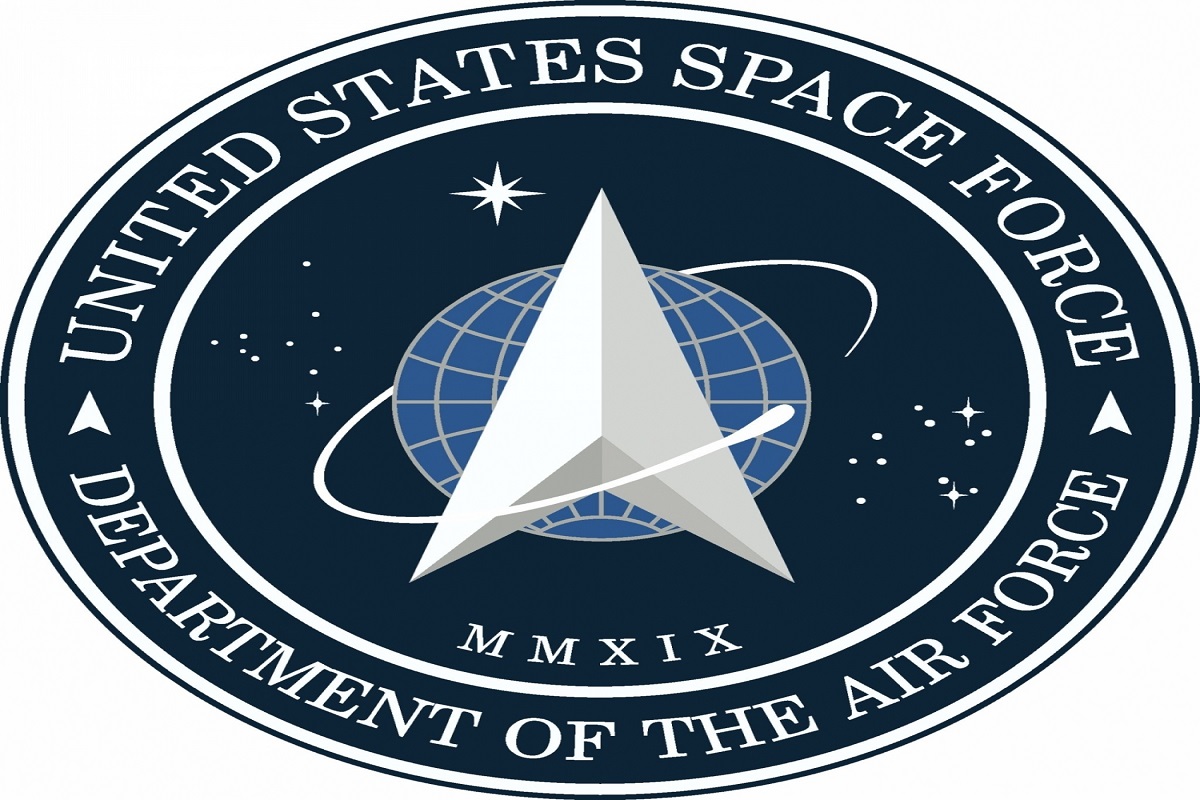The U.S. Space Force’s X-37B Orbital Test Vehicle (OTV) was manufactured by Boeing. The robot spacecraft is sent into space by a launch vehicle and then lands as an aircraft upon re-entering the atmosphere.
In the most recent test, the X-37B successfully deorbited and landed at a NASA facility at the Kennedy Space Center in November of 2022 according to a report from the U.S. Space Force News.
Starting with a drop test in 2006, the X-37B has been launched beyond the Earth’s atmosphere and returned several times. It has spent a total of nine hundred days in orbit from 2020 to 2022.
The OTV began as a NASA project to study the details and limitations of space flight. As the technology matured, the Pentagon became more involved because of its promise for military use. Now the X-37B variant of the OTV is essentially operating as if it were a space drone. It is able to conduct surveillance, gather data from beyond the Earth’s atmosphere, and potentially be adapted into an armed military platform.
In purely scientific terms, researchers have used the X-37 to conduct experiments with solar energy. They have also tested reusable space technologies able to perform a wider range of missions than just a missile interceptor of some kind. A data sheet on the OTV from the U.S. Air Force says that the X-37 employs gallium arsenide solar cells with lithium ion batteries.
The possibilities with this kind of progress seem unlimited when it comes to military use. They include rapid advances in autonomy, AI enabled data collection and analysis, and multidomain networking.
Unmanned spacecraft could network with satellites as a mobile node beyond Earth’s atmosphere in a meshed system to perform surveillance, ICBM and hypersonic missile defense, and even launch offensive strikes if directed by a human.
Specific details regarding the X-37B’s test missions and military capabilities are unavailable due to security reasons. However, questions of its potential lethality and military mission ability are raised by the successful duration of its most recent test flight.
Medium and Low-Earth Orbit satellites are proliferating. They are intended to increase throughput, build in redundancy and better enable hypersonic missiles defenses to establish a continuous track of an enemy threat as it transits from one radar aperture field of regard to another. A mobile spacecraft would immeasurably aid this effort, especially if it could use various kinds of datalinks, GPS signals, or even optical communications to send real-time information to human decision-makers exponentially faster.
An evolved X-37B could potentially defend satellite assets from enemy anti-satellite weapons. If pursued in an ethical manner consistent with the Pentagon’s “human-in-the-loop” doctrine related to the use of lethal force, the X-37B could potentially destroy enemy satellites or targets from attack locations beyond the Earth’s atmosphere.
Such a prospect may seem alarming. The U.S. has been reluctant to weaponize space. Instead, it sees space as a multinational sanctuary.
However, Russian and Chinese efforts to militarize space put the U.S. at a significant disadvantage. There is a pressing need for the Pentagon to close the gap, build a U.S. Space Force and prepare to defend the U.S. from space in the future.
